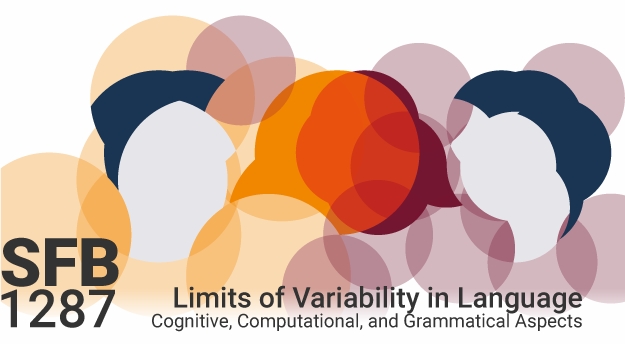Project A01 (finished)
Integration of linguistic resources in highly diverse urban settings: Stretching the limits of variability
PI(s): Prof. Dr. Heike Wiese & Prof. Dr. Ulrike Freywald
This project investigates the multilingual setting of an urban street market, the Maybachufer Market in the multiethnic borough of Berlin-Neukölln, where speakers routinely draw on a large range of linguistic resources. So far, research has mainly focused on the characteristic diversity and fluidity in such settings. In contrast, our project aims to identify the limits of what may appear as seemingly chaotic variability. The project is led by the hypothesis that the observable variation and versatility are not a matter of ‘anything goes’, but might rather be constrained by systematic restrictions yielding definable communicative and grammatical patterns.
In our study on language structure, language use and language attitudes we combine ethnographical and sociolinguistic methods with grammatical analysis and theoretical modelling. Our main focus is on non-canonical patterns in the NP/DP domain, classifier constructions, the use of the copula, code-switching and linguistic identity constructions (as signified, for example, by forms of address).
Our database comprises (i) audio-visual recordings of sales interactions, (ii) detailed sociolinguistic interviews and focus-group interviews with vendors at the market, (iii) short interviews with visitors at the market, (iv) ethnographic fieldnotes, (v) notes from participant observation and (vi) acceptability judgements concerning grammatical patterns. In addition to our analyses of data from the Maybachufer Market, we conducted a pilot study on comparable patterns at four street markets in the Ruhr area (Dortmund, Bochum, Gelsenkirchen).
Results from our studies point to a large inter- and intra-individual variability, which is limited, however, by systematic patterns on grammatical, pragmatic and sociolinguistic levels. Referring to the concept of a contact-induced “jargon” (Velupillai 2015), we understand the kind of language use at the market as an “urban market jargon”. This urban market jargon we consider as an integrative linguistic practice, which is characterized by (i) providing access to a spatially determined but principally open range of linguistic resources, (ii) great freedom in the use of individual ad hoc solutions, which is at the same time governed by (iii) local customs concerning language choice and language dominance, and (iv) a common core of recurring structural patterns. (Velupillai, V. ( 2015). Pidgins, Creoles and Mixed Languages. Amsterdam, Philadelphia: Benjamins)
Papers
| Author(s) | Title | Year | Published in | Links |
|---|---|---|---|---|
| Wiese, H. | Contact in the City. | 2020 | R. Hickey (ed.), The Handbook of Language Contact (2nd ed., pp. 261-279). Malden, MA: Wiley-Blackwell. DOI: 10.1002/9781119485094.ch13 | |
| Yüksel, S., & Duman, I. | Codeswitching auf einem hochdiversen urbanen Wochenmarkt: Kommerz, Kommunikation und Identität. | 2021 | Linguistik Online, 110(5), 157–192. DOI: 10.13092/lo.110.8143 | |
| Duman Çakır, I. | Negotiation of resources in everyday activities of a multilingual Berlin street market: a linguistic ethnography approach. | 2022 | Multilingua: Journal of Cross-Cultural and Interlanguage Communication. DOI: 10.1515/multi-2021-0065 | |
| Wiese, H., & Freywald, U. | Regionalsprachliche Merkmale In Jugendsprachlichen Praktiken Im Multilingualen Urbanen Raum. | 2019 | J. Herrgen, J. E. Schmidt, unter Mitwirkung von H. Fischer & B. Ganswindt (Eds.), Sprache und Raum - Ein internationales Handbuch der Sprachvariation (pp. 995-1012). Berlin, Boston: De Gruyter Mouton. DOI: 10.1515/9783110261295-037 | |
| Wiese, H. | Communicative situations as a basis for linguistic systems: Integrating linguistic multi-competence with grammatical structure. | 2021 | Urban Language & Literacies (Vol. 287, pp. 1-33). |

